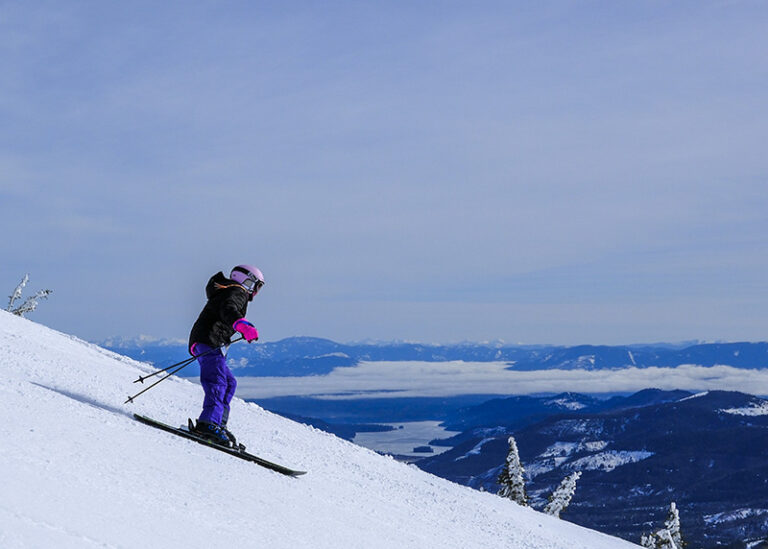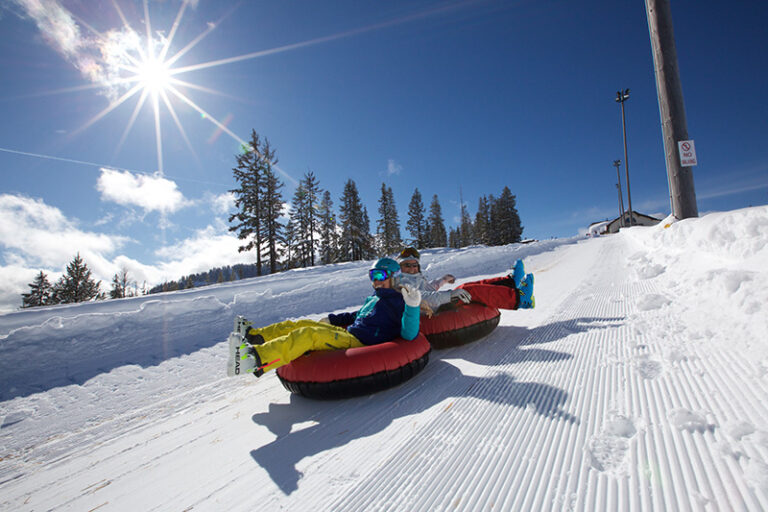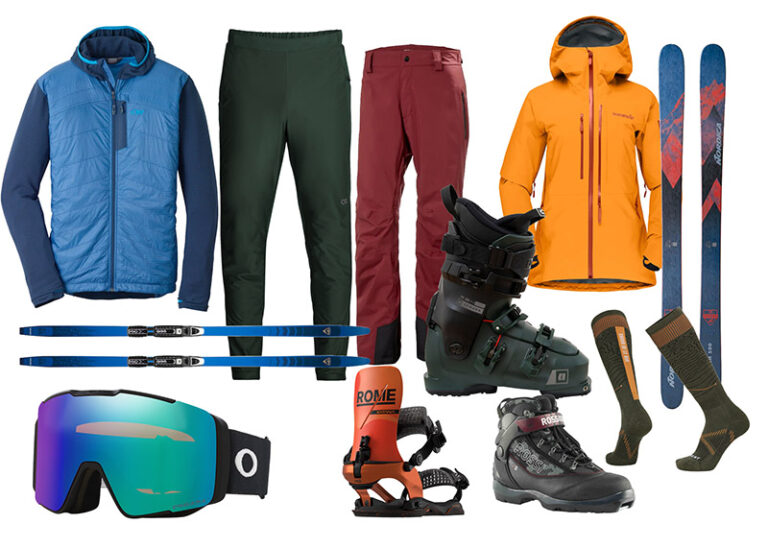Five years ago, a few of us were hiking in the Rattlesnake outside Missoula. We meandered along watching birds, eating leaves, finding mushrooms, and enjoying the surroundings. Each time we were overtaken by hikers, I noticed they were speed hiking, with their nose to the ground driving forward. It was surprising to see this lack of interest in other life forms and landscapes. In subsequent months listening to acquaintances discuss the outdoors, when they described what they saw, it was in a general sense: I saw lots of birds, there were pretty flowers, etc.
When one notices a tree, most often the tree isn’t being seen. Your brain recognizes basic features that imply tree, labels it, and move on. It’s a form of efficiency our species uses to navigate the world. Having grown up in a Zen monastery, I was taught a core principle called “Beginners Mind,” which is synonymous with having child-like eyes and no preconceived ideas. It’s why traveling is so appealing; we have to process new data, and this engaged observation reveals the nuances of life. It enhances the perception of beauty, novelty, and magic.
This absorbent approach to exploring nature is what spurred this column, Leaf, Root, Fungi, Fruit, to inspire folks to engage their natural surroundings. I wanted people to taste and smell and feel the life around them—to name it, which helps one see it.
Although LRFF’s lifespan is ending, this has been an invigorating and humbling opportunity to cultivate connection with our flora and fungi. Moving forward, I hope to create new endeavors, some written.
In parting, here are a few suggested tools to pursue your outdoor foraging passions. See you on trail, ciao!
Blog: Forager Chef
This is my favorite foraging blog. Created by Chef Alan Bergo, it’s pithy, fun, adventurous, and approaches food as an art form. However, he lives in Minnesota so not everything applies to the Northwest.
Plant Field Guide: “Plants of the Southern Interior British Columbia and the Inland Northwest”
This is a fantastic resource for learning plants of our region. It’s not comprehensive enough, although nothing is. However, it is clear, filled with photos, discusses potential look a-likes, and gives ethnobotanical information on most entries, i.e. food, medicine, and crafts.
Ethnobotanist Author: Nancy Turner
“Food Plants of Interior First Peoples,” is limited to a digestible 150 species. On the other spectrum of Turners work, Ancient Pathways is an academic-sized reference guide. She is one of our defining curators of native plant knowledge, and her books are treasures.
Websites
- Matchmaker: Mushrooms of the Pacific Northwest is a synoptic key. This means you put in whatever traits are available and get all possibilities, a much less grueling process than a typical field guide, which uses dichotomous keys. The software is a work in progress but offers a more educational and efficient system of identification.
- MushroomExpert.com is the most thorough site for mushrooms and gives lengthy and thorough explanations. Its one unforgivable failing is the absence of information on edibility and toxins.
- Northern Bushcraft lists a selection of wild foods from Canada that largely overlaps the Inland Northwest. The descriptions are brief but helpful and the site is a good place to get started without being overwhelmed. //
Kelly likes scrambling up rocky hillsides, gliding through the trees on powder, and studying life forms in all their evolving niches. He signs off in December from the wild edible column Leaf Root Fungi Fruit to embark upon new subjects.













